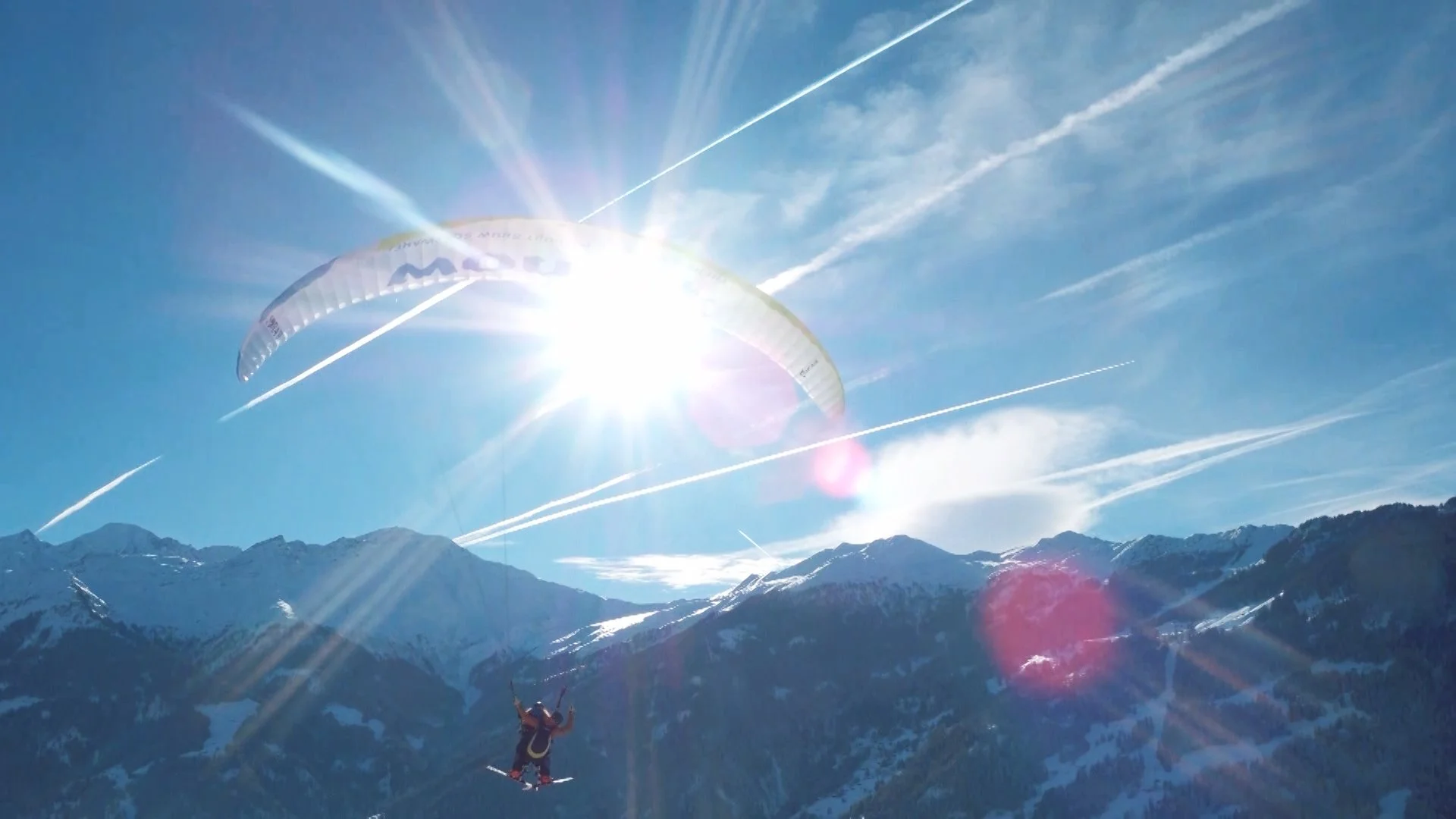Mastering High-Altitude Film Production: Essential Strategies for Filming in the Mountain and Snow
Environments
Filmmakers drawn to the natural drama of snow-capped mountains and alpine vistas often encounter harsh, unpredictable conditions that can sabotage both equipment and creative vision. However, with the right preparation, technique, and vigilance, these formidable environments need not become barriers—instead, they can be transformed into unforgettable cinematic opportunities. This article delivers a professional, field-tested guide to proactively managing the unique challenges of mountain and snow film production.
1. Optimizing Power Management in Subzero Temperatures
Challenge:
Cold rapidly diminishes battery life, risking sudden shutdowns and critical workflow interruptions.
Action:
Redundancy is non-negotiable. Carry triple the usual battery supply, keeping spares warm in insulated pouches or inner layers of clothing.
Thermal protection. Use battery jackets and hand warmers to sustain performance.
Regular rotation. Continually exchange batteries between on-camera use and warm storage to maximize uptime.
By adopting these practices, you ensure consistent power for extended shoots in freezing conditions.
2. Eliminating Moisture and Condensation Threats
Challenge:
Snowmelt, humidity, and rapid temperature changes invite condensation, fogging, and internal moisture damage.
Action:
Waterproofing first. Store all equipment in sealed, waterproof cases with silica gel desiccant packs.
Gradual acclimatization. When transitioning between extreme temperatures, keep equipment sealed in bags until temperatures stabilize.
Proactive cleaning. Wipe down all surfaces immediately after exposure to snow.
These methods prevent electrical failure and lens fogging, safeguarding technical quality.
3. Preserving Equipment Integrity in Extreme Cold
Challenge:
Low temperatures compromise material resilience, making plastics and metals more prone to cracking and mechanical failure.
Action:
Select professional-grade equipment rated for subzero use.
Limit exposure. Control the amount of time gear is exposed unprotected to the elements.
Preventive maintenance. Check shutter mechanisms, stabilizers, and cables for stiffness or brittleness before and during use.
This disciplined approach minimizes breakdowns and costly downtime.
4. Ensuring Flawless Image Quality
Challenge:
LCD screens, EVFs, and lenses can fail, display inaccuracies, or become obscured by frost and condensation.
Action:
Protect displays. Reduce LCD use when possible; favor optical viewfinders.
Anti-fog solutions. Apply anti-condensation sprays or desiccant pads to lenses and monitors.
Optical shielding. Use hoods and filters to guard against snow and glare.
These steps preserve image clarity and monitor usability throughout the shoot.
5. Preventing Electrical and Corrosion Damage
Challenge:
Moisture infiltrating ports, sensors, and circuitry can lead to corrosion, shorts, and permanent damage.
Action:
Use weather-sealed cameras and housings wherever possible.
Seal open ports with weatherproof tape or caps during downtime.
Minimize field maintenance. Avoid lens and battery swaps in wet, snowy conditions.
These precautions extend equipment lifespan and ensure reliable performance.
6. Prioritizing Crew Safety and Operational Efficiency
Challenge:
Icy terrain and inclement conditions increase physical risk and reduce manual dexterity.
Action:
Specialized gloves. Equip operators with insulated gloves designed for precision camera work.
Sturdy supports. Anchor tripods and mounts in snow with weighted bags or anchors.
Team protocols. Plan safe movement paths, assign spotters, and monitor weather consistently.
Safety discipline and ergonomic planning are as critical as technical preparation.
7. Implementing Rigorous Cleaning and Maintenance Routines
Challenge:
Snow accumulation in equipment gaps or housings can melt later, causing moisture damage.
Action:
Inspect and clean regularly. Use microfiber cloths, compressed air, and cleaning solutions to remove snow and ice.
Dry thoroughly. After each shoot, disassemble and dry components in a controlled environment.
A meticulous, proactive maintenance regimen ensures long-term equipment reliability.
Best Practices at a Glance
Invest in professional, weather-sealed equipment designed for extreme conditions.
Maintain redundant power and storage solutions—never rely on single backups.
Monitor environmental conditions continuously; adapt schedules to weather windows.
Train your crew in mountain safety, equipment care, and emergency protocols.
Embrace flexibility. Weather and terrain are uncontrollable—your response should not be.
Conclusion: Professional Excellence in Adverse Terrain
Successfully filming in mountains and snow requires more than technical skill—it demands rigorous discipline, contingency planning, and respect for the environment. By anticipating hazards and implementing the strategies outlined above, production teams can not only survive harsh conditions, but thrive, capturing imagery that elevates storytelling to new heights.

